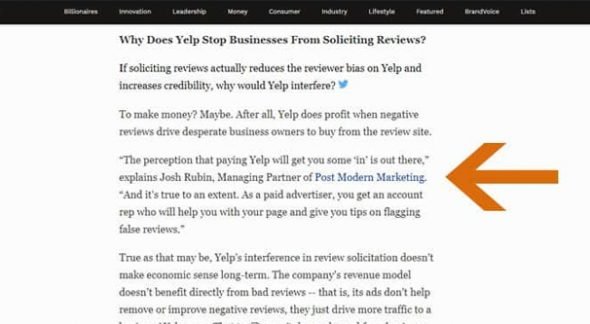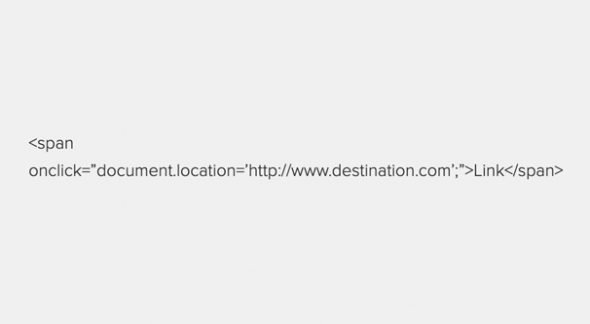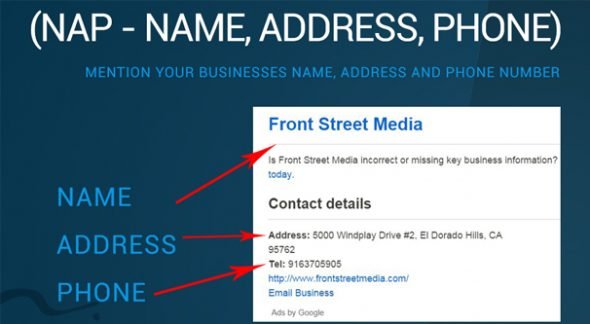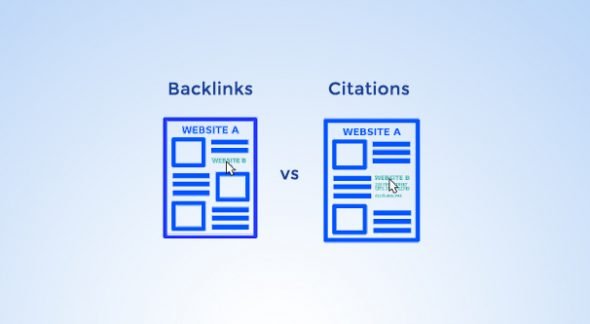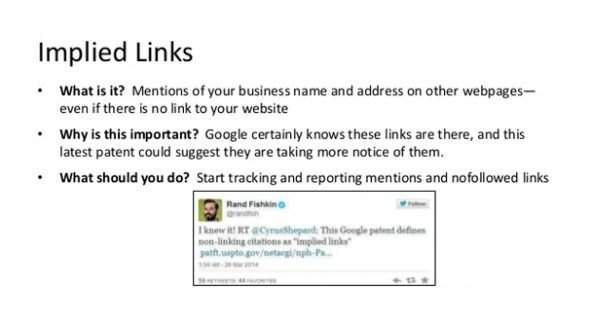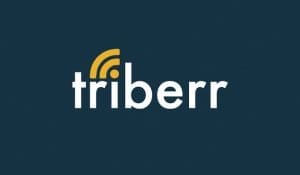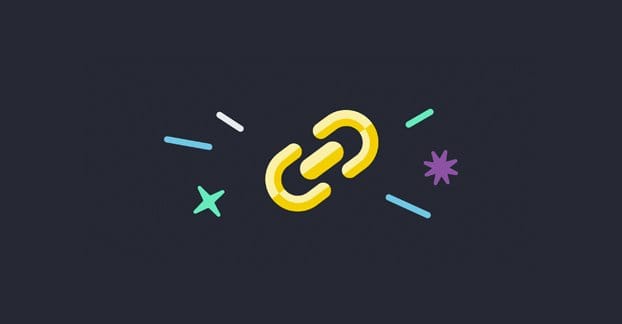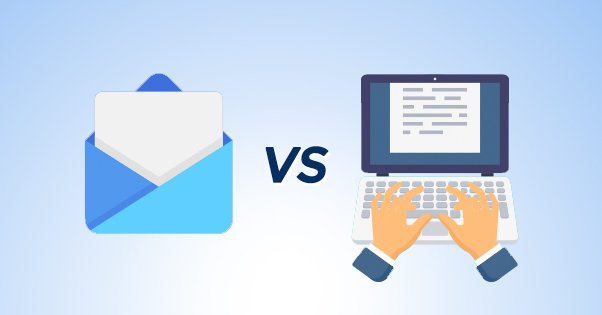In the world of SEO, we often talk about links. Links are important, links drive the internet, links help you be found. Yet there’s another kind of reference, another way for people to find you and for your search presence to go up, that isn’t a link. Local SEO masters know all about it, but others might not even think about it. What is it?
The answer is: a Citation. Links and Citations are both potent and useful tools, though citations tend to be better for local SEO than for global and web-focused brands. They serve similar purposes, in that they’re both ways to boost your SEO through a mention of your business, but they act in different ways and take different forms.
All About Links
Links, you are probably familiar with, but it’s worthwhile to establish a baseline of what is and isn’t a link.
In a simple definition, a link is an part of a website that has the <a href> code that points to your website domain. It doesn’t matter what the text is that’s linked, or even if the link is in an image, on a sidebar, in an ad, or on navigations. As long as that hyperlink reference code is present and pointed at your domain, that is a link.
Links come in a lot of different varieties and flavors. You can have internal and external links, you can have followed and nofollowed links, you can even make a link noindexed. Let’s talk about different aspects of links then, shall we?
Internal and External. Internal links are links on your domain that point to other parts of your domain. For example, this link to another post on this site is an internal link. The link doesn’t leave the domain, and thus does not go to the exterior.
External links, meanwhile, point at other sites. This link leading to DeepCrawl is an external link, because it points to a domain other than this one.
External links pointing from other domains to your domain are called backlinks, because they link back to your site. My external link up above is a backlink for DeepCrawl.
Followed and Nofollowed. In the world of SEO, links have value. Rather, your page has value, and some amount of that value flows from your page, down a link, and to the page you’re linking to. This is why backlinks are important: they bring value from those other sites to your site.
The follow attribute determines whether or not a link actually passes that value. A normal link is considered followed, and passes value like a water pipe. A link with the nofollow attribute is like putting a stopper in that pipe: it no longer passes value. In all other respects it is still a link, in that people can still click it to visit your site.
Noindexed links. Like nofollow, noindex is an attribute you can add to a link, though it’s more commonly found on entire pages. Basically, it tells Google that the link doesn’t exist. It’s like a cloaking field, and as far as the search engines are concerned, that link doesn’t exist. More than nofollow, noindex makes a link not exist, and is useful when you’re linking to a potentially malicious page to use as an example but don’t want that link to help that page.
Noindex is not a silver bullet to hide from Google. Google has to respect it, which means they can still read it. If you’re using it as a way to try to scam Google, sculpt your pagerank, or otherwise abuse the system, Google will still penalize you for it. When used properly it’s a good tool; when used improperly it’s valueless to you.
Text, Image, and Script Links. This is a variation in how the link is presented. A link in text is traditional, the blue hyperlink in an article that leads to another page, with various stylings over it. Image links are links that use an entire image as the anchor rather than a piece of text. They are generally useful for image sources or image full pages, but most people don’t think of images as links outside of specific circumstances – like the logo in the corner of a page – so they aren’t useful in content. Script links are links generated by JavaScript rather than HTML. They exist and can be used, but are hidden somewhat and aren’t often read by search engines. In a way they can be similar to noindexed links.
Navigation, Footer, and Content Links. This is a variation in the placement of links. Links in the navigation are generally the same on every page on a site, and help a user find their way around the site. Links in the footer are the same, but are given lower priority because they’re at the bottom of the page. Content links are the primary and most valuable form of links for backlinks.
Obfuscated or Redirected Links. Now and then you’ll see a link that looks like it leads to “www.growtraffic.com/outboundsite” but, when you click it, it actually leads to a different domain. These are called redirect links and they take advantage of server directives. The link leads to a “page” on your site that doesn’t exist, but which immediately redirects to an external destination. This is commonly used for affiliate marketing, to hide the actual destination of a link.
Rel Links. The Rel attribute is a page element that is aimed only at Google and the web crawlers, and not at users. Users can’t even see it. Rel can be used to point to a canonical version of a URL. For example, if you have a web store, you might have store.domain.com/productsearch, and then your product searches will have that URL and a formatted query behind it. Since this can lead to dozens of URLs that all have the same base URL, you need to canonicalize the real version to avoid duplicate content penalties.
Rel is also used for next and previous page notifications, so Google can always identify page one of a multi-page article, and they are a key part of infinite scrolling websites.
Broken Links. Broken links are just any other link that points to a page that no longer exists. Typically these lead to a blank 404 error page.
All of these, with the exception of the rel links, share one thing in common: they are a visible link in content that, when clicked, take you somewhere.
All About Citations
Citations are a little different. What is a citation? A citation is much more like a citation in a book or research paper. It’s a reference to and a mention of your business or website, but it does not need to include a hyperlink at all.
Citations can be “full” or “partial.” A full citation typically includes your company name, address, and phone number, or the full NAP. A partial citation can be just your company name, name and phone number, or another combination of some but not all of the elements of a full citation.
It’s interesting to note that a full citation does not necessarily need to include a link, and a partial citation can include a link but does not need to have one. Links are separate, but they can provide context to a citation.
Citations are one part relic of the past, one part casual reference that doesn’t muddy up links, and one part local SEO powerhouse. Citations are specifically useful for local SEO because the inclusion of an address helps Google pinpoint exactly who is geographically relevant to certain search results and can preferentially show your business to people local to it.
Citations do require that you focus on keeping your citation format consistent. You should always use the same format for the address and phone number as much as possible. This isn’t always easy to control when other people are leaving citations for you, but it’s best practice regardless.
Citations vs Links
On the surface a citation and a link are pretty different. A citation can also include a link. So what’s the actual difference? How do they stack up, how do they compare?
Both citations and links are online references to your business. When a site other than your own uses either one of them, your site stands to benefit, whether it’s from direct SEO boosts or indirect word-of-mouth awareness and recommendations.
Both citations and links appear on sites other than your own. Citations do not appear on your own site; they’re just your business information when they do. Links can appear on your own site, and either become backlinks for other sites or internal links for your own site.
Both citations and links can appear on the same page at the same time. In fact, they often do; when someone is mentioning your business and they’re including the full NAP, they are often going to be including a link directly to your site. However, this link is often going to be a link to your homepage or to a contact page or storefront, whereas a link in another context is more likely going to point at a blog post, a specific product landing page, or other focused content.
Both citations and links have positive effects in general, in terms of SEO, but they can both be misused. The expansive misuse of links is well documented on this and many other websites, while citations are a little less well documented. In general, though, the use of a citation as a regular marketing effort tends to go poorly. Citations are generally more informational and academic, while links can be added anywhere there is context. Trying to add a citation in the middle of an article looks bad, reads poorly, and provides little additional value.
Citations include more than just a domain name. A link is a link, and while the anchor text can include part or all of your NAP, it can be any phrase, any word, an image, or anything else, really.
Links, of course, have to be clickable elements on the page, or else they aren’t links, but just some funky formatted text. Citations don’t need to be links or have any part of them linked at all. Though it’s worthwhile to be aware that many mobile browsers will identify a phone number and convert it into a call link, in case the user wants to call directly from the device when they see it.
Citations are also only really valuable for local businesses. A global business without a local storefront isn’t going to benefit from someone pointing out their address; their headquarters doesn’t do any special business and any customer attempting to walk in the front door is likely going to be turned away. Local businesses get the most out of citations. Links work equally well for both.
Links and Implied Links
You may have heard of something called an implied link in the past. An implied link is an instance where you mention a brand but you don’t link to them. There has been some discussion as to whether or not these are as good as links, or have any value at all. They also sound an awful lot like a partial citation. Where to they fall?
Implied links have been part of SEO since as early as 2014, and there’s plenty of evidence that they’re important. They’re also harder to track – you need social listening apps – and less quantifiable. They’re like citations, except a citation really needs the full NAP to be effective, whereas an implied link is basically just a partial citation. Think of implied links as a branch of citations you can use as a non-local business and you have the right idea.
 ContentPowered.com
ContentPowered.com

